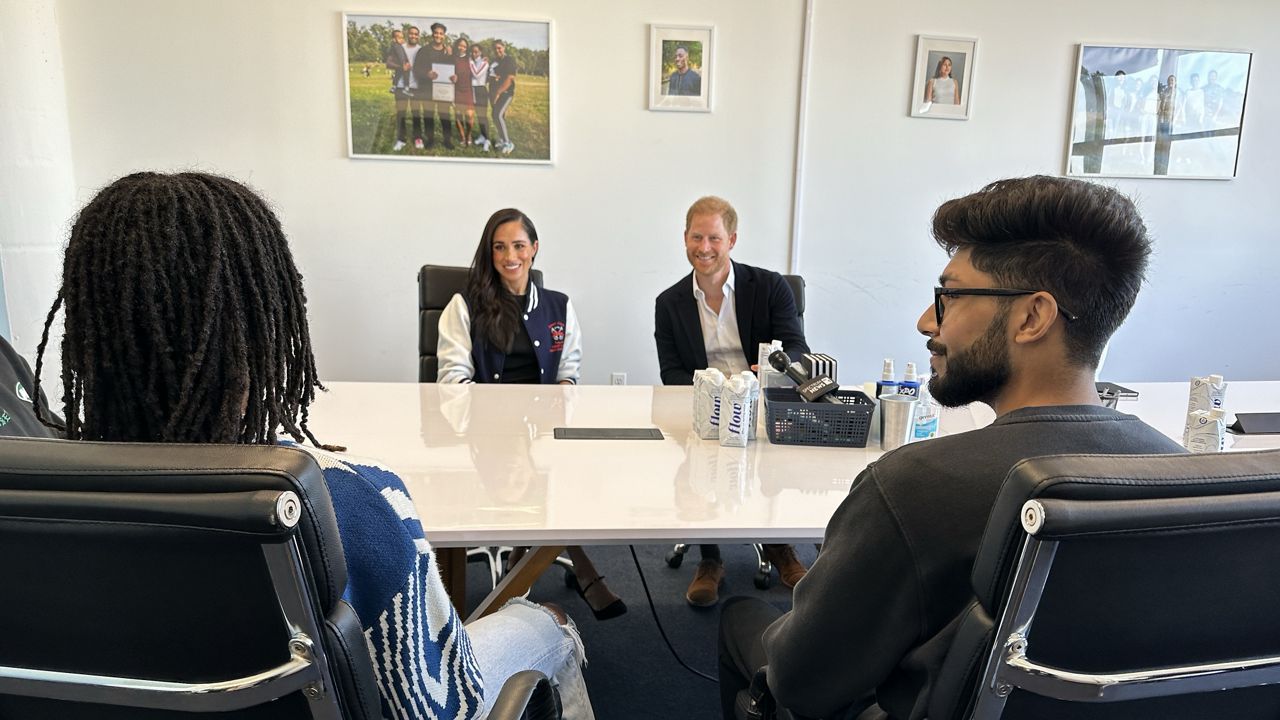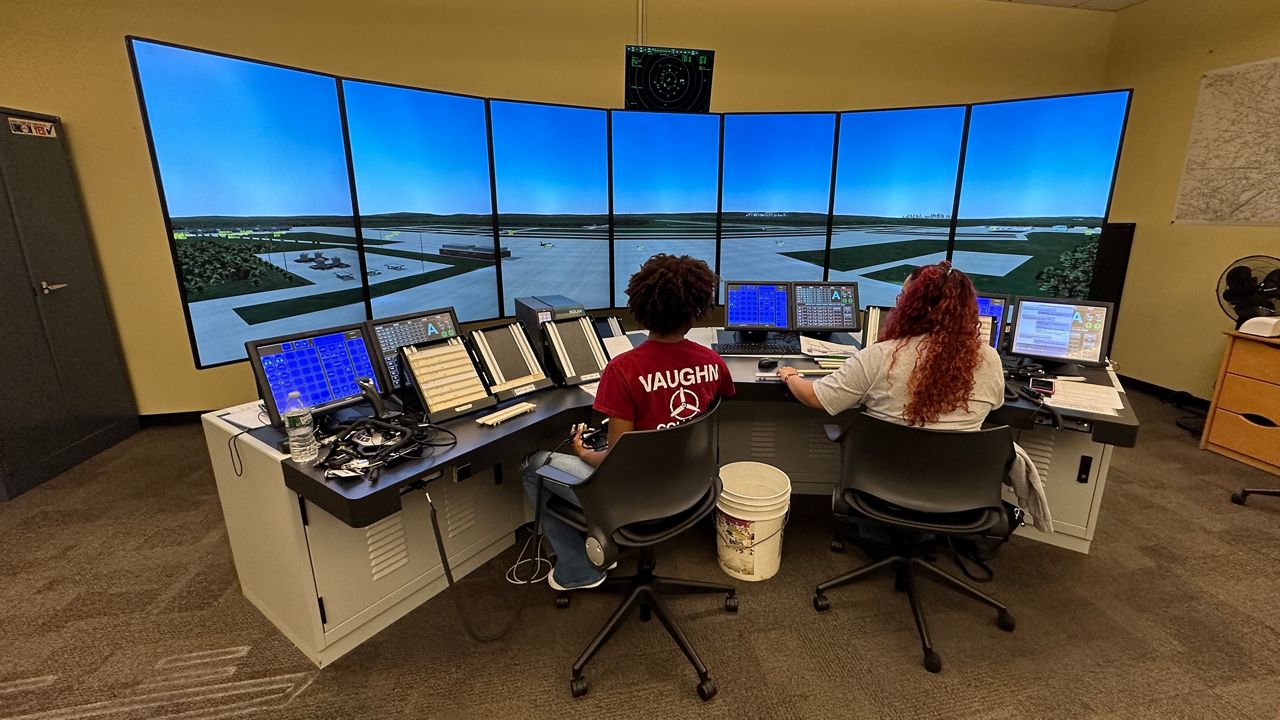In the fall, tens of thousands of children will be taught to read using a new curriculum called “Into Reading.” But according to some researchers at New York University, the materials they’ll use fail to embrace students’ culture, identities and contexts.
“Their approach was to include characters of color, but not necessarily have any background, or context or complexity,” Flor Khan, a national campaign researcher at NYU, said.
In a report studying three of the nation’s most popular reading curricula, including “Into Reading,” Khan and her co-authors rated all three as “culturally destructive.”
The researchers assembled an evaluation team of public school parents, students and educators, who read samples of each curriculum, including an “Into Reading” passage on inventors, focused on Thomas Edison and Henry Ford.
“The question they keep asking is, why do these curriculum companies keep pushing these same narratives where they’re centering white Eurocentric texts and inventors? Right? What happens is you have a huge number of individuals from all different types of backgrounds and cultures that they’re choosing not to center,” Khan said.
Tyrone Howard is a professor of education at UCLA who serves on a research advisory board for the publisher of the curriculum, Houghton Mifflin Harcourt, and as a fellow at their International Center for Leadership in Education.
He says NYU’s report is based on too small a sample size.
“To call it culturally destructive, I think is a huge overreach,” Howard said.
He says the primary goal of the curriculum is to teach children to read — something he says it does well — but acknowledges it’s also critical for all children to see themselves reflected in what they learn.
“I'll be frank. No program is perfect,” Howard said. “But I think what you look at with 'Into Reading,' you will find the kind of ethnic and racial and cultural representation that I think is more reflective of our student population today.”
Deputy Chancellor Carolyne Quintana says the city has already started working to make adjustments to the reading curricula districts will be using next year to better reflect the city’s diverse students.
But Khan argues educators should not have to do that.
“I think what we should be focusing more on is putting pressure on curriculum companies to actually do the work and to be intentional, because that will be a much more holistic practice,” Khan said.









